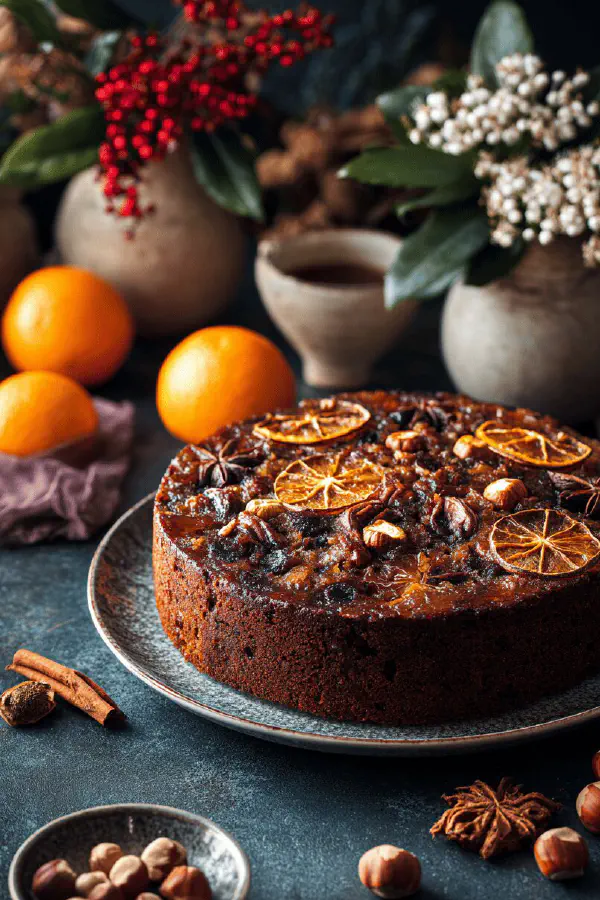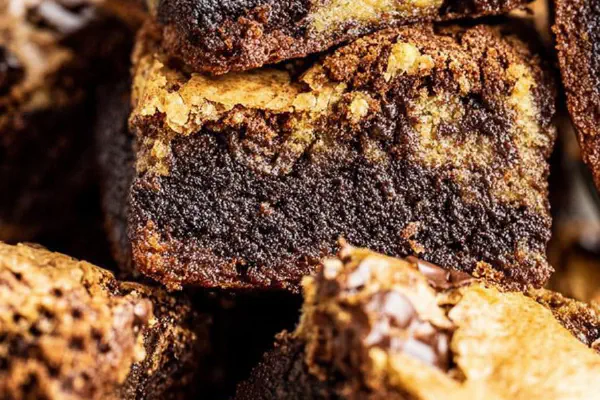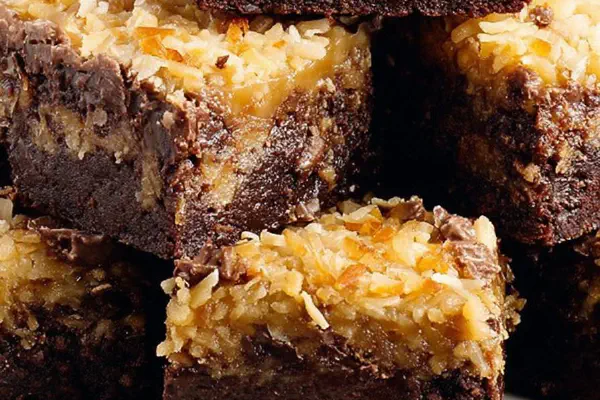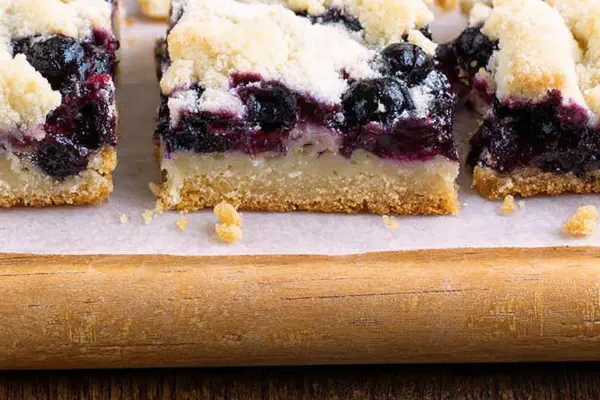Featured Recipe
Skillet Fruit Cake Twist

By Kate
"
Dense, rich fruit cake cooked in cast iron skillet. Mix of dried nuts and fruits simmered in spiced citrus-sherry syrup before combining with flour and eggs. Cinnamon and nutmeg anchor the flavors; swapped amaretto for Grand Marnier, swapped muscade for allspice. Slightly less sugar, added orange blossom water for subtle aroma. Baking time adjusted to 40-50 minutes, watching for golden crust and clean toothpick. Luscious, moist interior with toasted hazelnuts. Keeps well a week wrapped tightly—better day two when flavors marry fully.
"
Prep:
35 min
Cook:
50 min
Total:
Serves:
12 servings
dessert
baking
cast iron
Introduction
Skillet fruit cake isn’t your everyday dessert—dense, layered with zingy citrus and boozy depth, plus chewy fruit bits that soak and plump during a syrup simmer. Key is mastering that fruit soak: not boiling dry, but gently thickening syrup until shiny and fragrant, butter and sugar marrying citrus and sherry notes. The cast iron does more than hold shape; it helps develop a caramelized crust while keeping the inside moist and tender. Swapping almonds for hazelnuts brings earthiness, adding toasty crunch. And orange blossom water? That subtle floral whisper—a twist that lifts from the usual. No rubbery cake here. The batter shouldn’t be overworked—fold only until ingredients ride together smoothly. Egg integration timing critical—never add eggs when hot syrup might scramble them. The surface glaze with Grand Marnier seals aroma in and stops drying, a simple but game-changing step. Resting is essential. Cake flavor matures as it cools; day-old cake has that improvised richness you want. Keep under a dome for moisture retention.
Ingredients
About the ingredients
Flour substitution: you can swap unbleached all-purpose flour for spelt or whole wheat pastry flour for nuttier undertone, but this will change texture slightly—cake will be denser. Almond flour is essential for tender crumb and moist bite; avoid replacing completely but can dial quantity down if you want a lighter feel. For dried fruit, prune or dried cherries can substitute figs and apricots for a different fruitiness. Swap Grand Marnier with brandy or whiskey if preferred—choose a liqueur with citrus or spice hints to complement orange and spices. Orange blossom water adds floral aroma—if missing, a few drops of rose water may substitute but use sparingly. Toast nuts to deepen flavor, enhances crunch and nuttiness, prevents bitterness raw nuts sometimes bring. Brown sugar choice is flexible; light or dark will shift caramel notes subtly—dark sugar means more moisture. Butter best quality unsalted, melted gently, avoid overheating or separating. If cast iron unavailable, sturdy ovenproof skillet or even straight cake pan will work but watch baking times, heat distribution varies.
Method
Preparation
- Center oven rack and preheat to 160°C (325°F).
- In large bowl, whisk together all flours, baking powder and spices. Set aside.
- Melt butter with brown sugar in 25 cm (10 inch) cast iron skillet over medium heat. When sugar dissolves, add orange zest, juice, sherry, orange blossom water and dried fruit mix. Stir frequently 'til bubbly and syrup thickens slightly, about 8-10 minutes. You’ll hear a soft simmer, syrup should coat spoon lightly. Remove heat. Let cool 12-15 minutes — warm but not hot!
- Whisk eggs gently into fruit mixture — avoid scrambling if still too hot; wait a few minutes more.
- Fold dry ingredients gradually into wet, combine just until uniform. Avoid overmixing to keep cake tender.
- Stir in toasted hazelnuts last. Nuts add crunch and depth; substitute with toasted pecans or walnuts if preferred.
- Smooth batter in skillet, level top. Pop into oven.
- Bake about 40-50 minutes. Watch for cake pulling slightly from edges and a toothpick inserted in center comes out clean with a few moist crumbs. The top should be golden, slightly cracked.
- Remove from oven. While hot, brush surface with Grand Marnier to add shine and aroma. Don’t skip this step—it boosts flavor and keeps the crust from drying out.
- Cool completely in skillet on wire rack. Cake will firm as it cools; slices hold together better.
- Store wrapped tightly under dome or cling film. Keeps moist for a week. Flavors meld nicely after 24 hours; best after second day.
- Can freeze wrapped tightly; thaw overnight in fridge.
Fruit simmer
Mixing wet and dry
Baking
Technique Tips
Simmer the fruits and liquids patiently—don’t rush this step. Leave heat medium-low so syrup thickens but doesn’t scorch. You want it to cling to fruit. Cool syrup enough before adding eggs; if too hot, eggs scramble, ruining batter texture. Stir gently to fold flours in; overmixing develops gluten and toughens cake. Bake close to rack center to ensure even heat. Keep eye on crust—golden color means caramelized sugars, watch that top doesn’t crack too widely. If crust browns too fast, tent loosely with foil. Brushing liqueur over hot cake traps moisture, aroma; don’t glaze after cooled or it won’t sink in. Cooling in pan avoids handling crumb when fragile. Wrap cake well for storage to keep humidity in. When slicing—clean sharp knife, wipe blade between cuts for clean lines and pretty slices. Handy tip: cake doubles as a boozy, fruity breakfast or afternoon snack with tea. Watch measurements; reductions from original help reduce sugar and flour to adjust density and sweetness without losing structure. Keep notes on your oven’s temperament—every degree counts here.
Chef's Notes
- 💡 Simmer fruit and syrup slowly. Medium heat – avoid burning. Stir often, you want it thick but not dry. Look for clinginess. Patience is key here. Cool before adding eggs. Too hot? Scrambled eggs.
- 💡 Watch egg integration. Cool slightly, avoid scrambling. Mix eggs in gently—don't overwork batter. Just combine until uniform. Tender cake requires gentleness. Room temperature is better for ingredients.
- 💡 Nuts can twist here—hazelnuts add earthy crunch. Pecans or walnuts are fine. Toast first, deepens flavor. Some prefer chopped almonds for a lighter touch; adjust amounts if lighter feel is desired.
- 💡 Cooling essential for texture. Cool in skillet—crust holds crumb together better. Wrap tightly afterward. Keeps moisture in, flavors deepen overnight. Don’t skip the brushing—stops crust from drying out.
- 💡 Store wisely. Tightly wrapped—dome or film—keeps fresh for a week. Baked goods want to breathe. Can freeze for longer, just wrap tightly. Thaw overnight in fridge; texture stays nice.
Kitchen Wisdom
What if my cake doesn’t rise?
Ensure baking powder is fresh and active. Mix evenly, avoid overmixing. Pay attention to oven temp. Sometimes, check thermometer.
Can I substitute ingredients?
Sure, but results will shift. Dried fruit selections can alter taste. Try prunes or cherries. Juice swaps are fine too. Make adjustments as needed.
My cake broke when slicing.
Slice after cooling completely in skillet, wait for firmness. Knives should be sharp and clean. Wiping blade between cuts helps. Patience pays off.
How to store leftovers?
Wrap well. Cling film or cake domes work best. Fridge is fine, but pantry’s okay too. Watch moisture—keep in a cool spot but not too cold.



